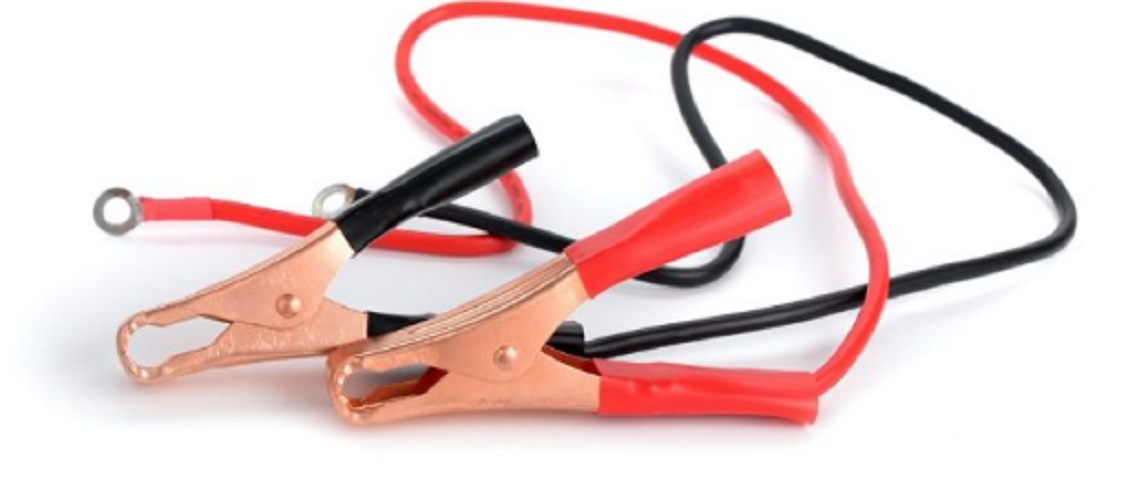What is a series circuit?
We explain what a series circuit is and the elements that compose it. In addition, differences with a parallel circuit and examples.
-
What is a series circuit?
It is called a series circuit to a type of electrical circuit provided with a single path for the current , which must reach all the terminals or terminals connected in the network in succession, that is to say one behind the other, connecting its output points with the next entry.
If we explain it with a hydraulic metaphor, we will have two or more water tanks arranged in such a way that the outlet pipe of one is the inlet pipe of the next, and so on.
The series circuits supply the terminals with the same amount of current at the same identical intensity , and provide the circuit with an equivalent resistance equal to the sum of the resistances of each connected terminal, but always higher than the greater of them; This means that as we add terminals, the resistance increases (instead of decreasing, as in parallel circuits).
The series circuits are useful because they allow the sum of the voltage , especially with regard to generators; that is, they allow to accumulate the power of the network . That is why certain devices use a certain number of batteries to power themselves: because only then can they reach the required voltage. Otherwise we would require a single more powerful and expensive battery.
-
Elements of a series circuit

The elements that make up a series circuit are not essentially different from those of a circuit of another type. The substantial difference is how they are arranged. Thus, we have a parallel circuit consists of:
- An electrical source . Where the energy that is transmitted by the driver originates .
- A driver . Usually made of a metallic material (copper, etc.) that goes from the source to the terminals and back, allowing the electronic flow that is electricity.
- Terminals or receivers . Which are each of the devices connected to the mains, which receive the current and transform it into another type of energy: light if they are light bulbs, kinetics if they are motors, etc.
-
Differences between a series circuit and a parallel circuit

A series circuit and a parallel circuit constitute opposing models. Their values, in fact, are calculated using the opposite equations. However, the great and substantial difference between the two has to do with the sustained flow of electric current.
While a parallel circuit allows each terminal to enjoy its own electrical flow , that is, allowing it to operate separately from the rest and therefore not lose current if the neighboring terminal is damaged or interrupted, the series circuits, on the other hand, depend of the correct functioning of the neighbor to continue operating, since the exit of that one is the entrance of this one. Then, if a terminal is damaged in the series circuit, the entire network of said terminal will lose access to the current.
-
Examples of series circuit

Formerly, the Christmas lights with which the tree is adorned came in series circuits , which made its production more economical, since the sum of voltages of the series sustained the electrical voltage to make them shine, but it meant that when one of the melts the little bulbs, the whole network from there on was interrupted.
Another common application of these circuits is in certain risk machines, which have an emergency button to turn them off. The operation of this depends on the interruption of a normally closed series circuit, which opens at one point and removes electricity from the entire chain , stopping the machine.





